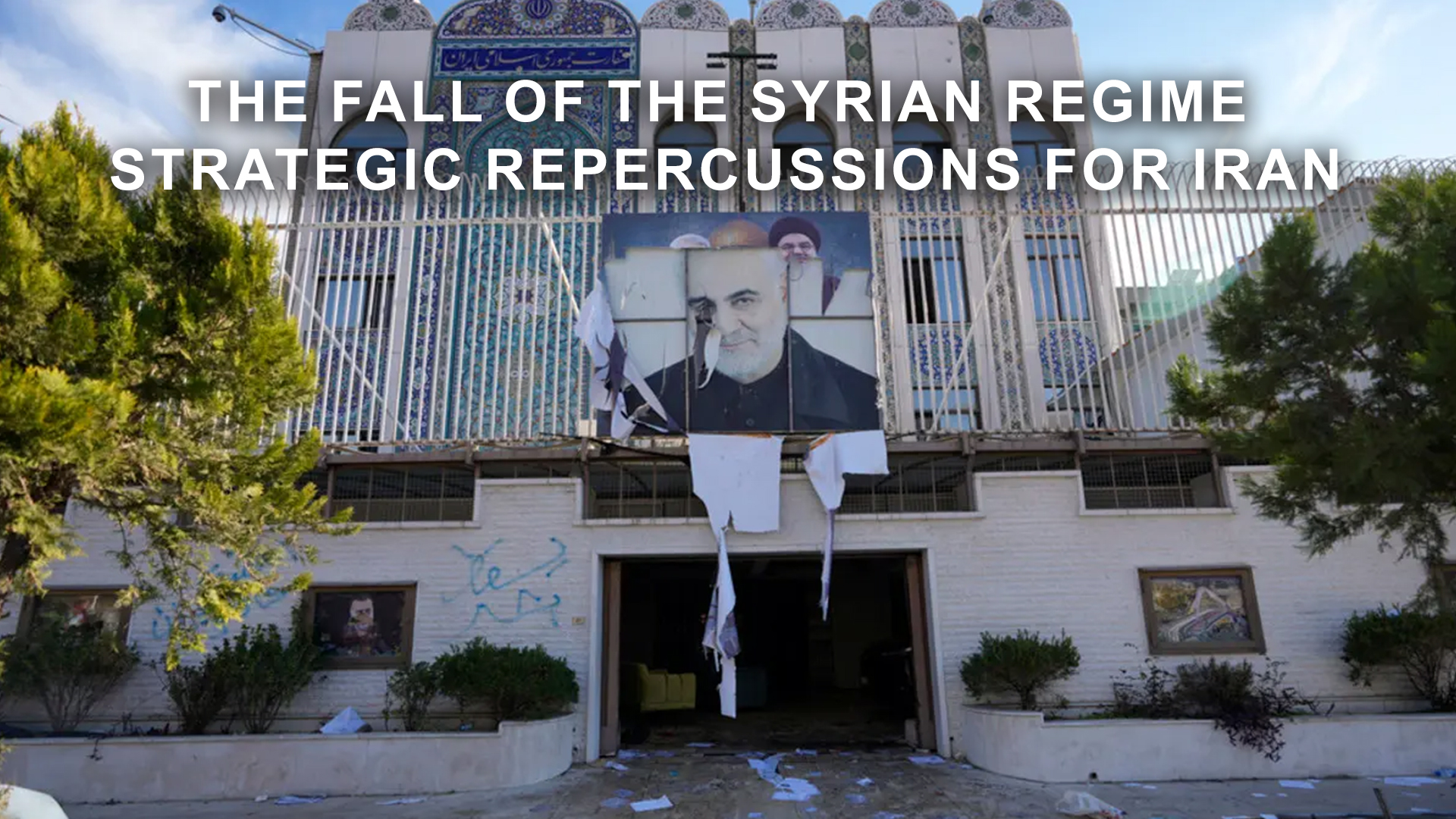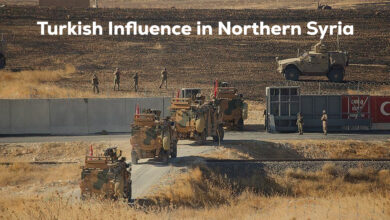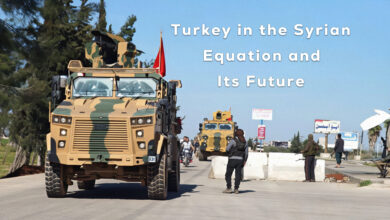The Fall of the Syrian Regime:Strategic Repercussions for Iran

The Fall of the Syrian Regime:
Strategic Repercussions for Iran
The collapse of the Syrian regime in December 2024 marks a significant turning point in Middle Eastern geopolitics and places Iran in a precarious strategic position. For decades, Syria has been the cornerstone of Iran’s regional strategy, forming a vital alliance since the days of Hafez al-Assad. This partnership extended beyond politics to encompass military, ideological, and economic dimensions.
With the outbreak of the Syrian revolution, Iran’s relationship with Bashar al-Assad’s regime evolved into direct military cooperation, aimed at preserving the regime and ensuring Iran’s influence in Syria. However, the fall of this regime represents a profound shift in the balance of power, forcing Iran to reconsider its regional strategy.
Syria’s Strategic Importance to Iran
- Geopolitical Dimension:
Syria served as Iran’s primary gateway to the Mediterranean and a critical link in its regional axis connecting Iraq, Syria, and Lebanon. This corridor was essential for projecting influence across the Levant. - Military Dimension:
Syria functioned as a logistical base for arming and supporting Hezbollah, Iran’s most potent regional ally. Iranian military bases in Syria also provided a platform for direct confrontation with Israel. - Ideological Dimension:
Syria’s rhetoric of “resistance and defiance” against the U.S. and Israel aligned closely with Iran’s ideological framework, making it a vital partner in Tehran’s anti-Western narrative. - Economic Dimension:
Syria was both a trade partner and a consumer market for Iran, particularly during periods of international sanctions. Iranian investments in Syria’s infrastructure aimed to establish a sustainable economic foothold in the country.
Repercussions of the Syrian Regime’s Fall on Iran
- Loss of Strategic Depth:
The fall of the Syrian regime and its replacement with a new administration hostile to Iran disrupts Tehran’s land corridor to Lebanon, undermining its ability to support allies militarily and significantly weakening its regional influence. - Increased Regional Isolation:
With Syria likely aligning with the Arab and regional bloc opposing Iran, Tehran faces heightened isolation. A reintegration of Syria into the Arab fold could further restrict Iran’s influence in Arab states. - Enhanced Israeli Threats:
The regime change in Syria offers Israel an opportunity to intensify its military operations in the region without significant resistance. Iran’s military presence in Syria is now precarious and faces growing challenges. - Economic Setbacks:
Iranian investments in Syria are at risk, with the new administration unlikely to honor or protect them. This adds to Tehran’s economic woes, already compounded by sanctions and regional challenges.
Iran’s Adaptive Strategies
- Realigning Alliances:
Iran may strengthen ties with Iraq and Lebanon as alternative avenues for influence while seeking to establish new partnerships with non-state actors within Syria to maintain a limited foothold. - Covert Operations:
Tehran could rely on intelligence networks and local militias to secure influence in select areas of Syria and destabilize the new administration. - Economic Diversification:
Iran is likely to focus on expanding trade with other regional partners and strengthening ties with global powers like China and Russia to offset economic losses in Syria. - Media and Diplomacy Campaigns:
Through its media apparatus, Iran may portray the new Syrian administration as aligned with Western and Israeli interests, aiming to sway public opinion. Diplomatic efforts could also target reconciliation with Arab states to regain some regional leverage. - Soft Power Investments:
Cultural and religious activities may be used to foster grassroots connections with certain segments of the Syrian population, maintaining a degree of local influence.
Future Scenarios
- Escalated Military Tensions:
Iran might resort to supporting sleeper cells and militias to destabilize the new Syrian administration and challenge its authority. - Regional Repositioning:
Tehran may shift its focus to other arenas, such as the Gulf or Yemen, to compensate for its diminished role in Syria. - International Negotiations:
Iran could pursue new agreements with major powers to secure political and economic concessions that mitigate the impact of losing Syria as a strategic ally.
The fall of Bashar al-Assad’s regime represents a severe blow to Iran’s regional strategy, depriving Tehran of a key ally and weakening its influence across the Middle East. Moving forward, Iran must adopt a comprehensive strategy combining military, economic, and diplomatic tools to adapt to this new reality and avoid further setbacks. Its ability to navigate this challenging period will determine the future of its role in the region.




